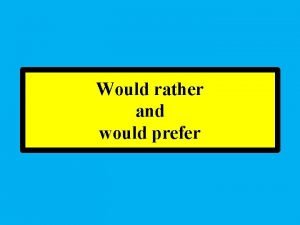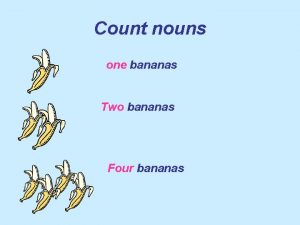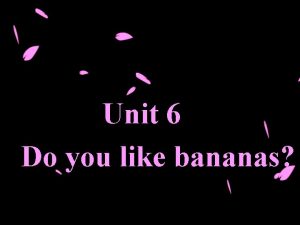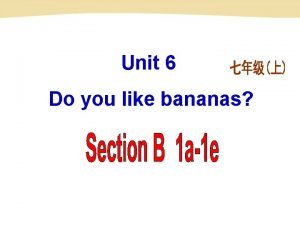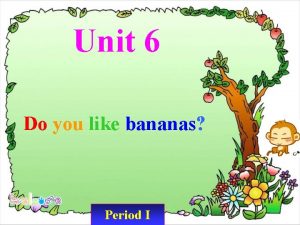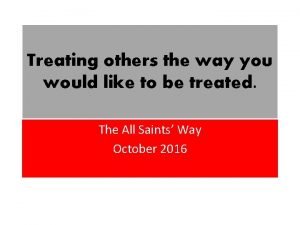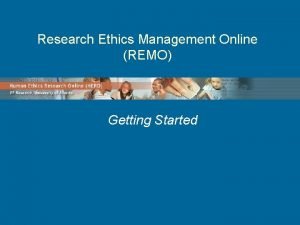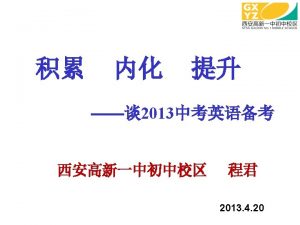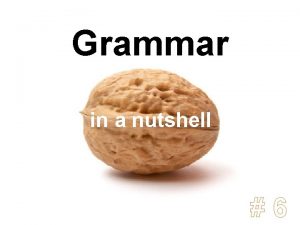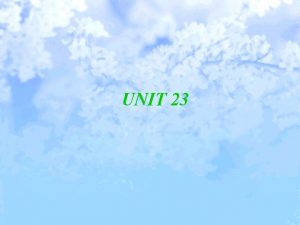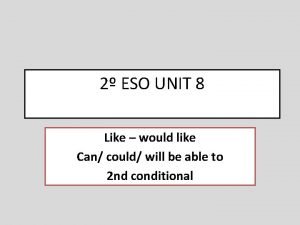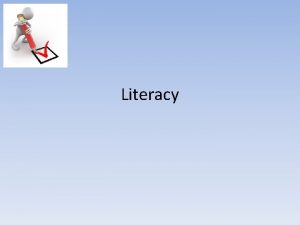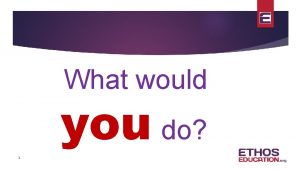What would you like to change if you















- Slides: 15


What would you like to change if you could? What would you Do?

What problems or policies do you think should be addressed — whether something global, like climate change, or something closer to home, like a later start time for your school classes? Open the Google DOc & Make a list Of things you can change.

What Is An Editorial? Read this sample Editorial a newspaper article written by or on behalf of an editor that gives an opinion on a topical issue

In the sample editorial that you just read…. ● What is the opinion or call to action in this editorial? ● What evidence does it use to make its argument? ● How persuasive do you find the editorial? Is it effective?


Now that you have selected a topic, you will begin your research by gathering background information. That might mean reading newspaper articles, consulting an encyclopedia, finding reliable websites or reaching out to an expert to make sure you have enough context about why your topic is important.

Here are some suggested sites for your research: ● http: //www. kidtopia. info/ ● http: //www. sweetsearch. com/ ● http: //query. nytimes. com/search/sitesearch/ Writing an Editorial Outline Remember to evaluate sites for in terms of useful for your research as we have done in previous lessons. Use the outline to guide your writing

1. Know your bottom line. 2. Be concise. You have to state it clearly and you have to be concise. ” 3. Give an opinion or solution. “There are basically two kinds of editorials. One expresses an opinion about a situation, like if you want to write about human rights abuses in some part of the world or the country that you’re concerned about. The other kind of editorial proposes a solution to a specific problem. For example, if you want to write about traffic congestion in northern New Jersey, where I live and there’s a lot of traffic, you should have an answer to how to fix the traffic problem. ” 4. Do your research. “Everyone is entitled to their opinion, you’re not entitled to your own facts. Go online, make calls if you can, check your information, double-check it. 5. Write clearly. Make your writing clear and easy to understand. Write as if you’re sending a letter to a well-informed friend who cares about what you think. Use examples whenever you can. 6. Get someone to Proof. Read it. “After you’ve written your editorial, give it to someone you trust to read and listen to what they say. If they don’t understand it, that means it’s probably not clear. ”

Research is done, Outline is done, Now write. . . ● Open a new Google Doc to begin writing. ● When finished, share it with a friend to proofread. ● Include one picture in your editorial. ● Remember to cite sources.

share with a Partner ● Click Share in upper right hand corner. ● Type your partner’s email address. You must include @ourladysschool. org. Click the pencil on the right hand side. ● Change “can edit” to “can Comment” ● Click Done

Partner Proofread ● You will find the your partner’s editorial in your “Shared with me” in Google Drive ● Open the document ● As you see something that you think your partner should change, click comment in the upper right hand corner. ● Tell your friend what you think should be changed.

Use age-appropriate technologies to locate, collect, and organize content from media collection activities for specific purposes, citing sources Louisiana Digital Literacy Guidelines Perform basic searches on databases (e. g. library, card catalog, encyclopedia) to locate information Evaluate teacher- or self- selected Internet resources in terms of their usefulness for research Use a word processing application to write, edit, print, and save simple assignments Use menus and toolbar functions (e. g. , font, style, line spacing, and margins) to format, edit, and print a document Highlight text and copy and paste text Copy and paste images within the document and from outside sources Grade 3 Teacher Information Insert and size a graphic in a document Proofread and edit writing using appropriate resources (e. g. , dictionary, spell checker, grammar checker, and thesaurus) Demonstrate use of intermediate features in word processing applications Use the comment function in Review for peer editing of documents Use age-appropriate technologies to locate, collect, and organize content from media collection activities for specific purposes, citing sources

Louisiana ELA Academic Standards Grade 3 Teacher Information 1. Write opinion pieces on topics or texts, supporting a point of view with reasons and information. 7. Conduct short research projects that use several sources to build knowledge through investigation of different aspects of a topic. 8. Recall relevant information from experiences or gather relevant information from print and digital sources; summarize or paraphrase information in notes and finished work, and provide a list of sources.

 Would prefer negative
Would prefer negative Would rather form
Would rather form What would you change about yourself
What would you change about yourself What profession do you prefer
What profession do you prefer Would you like some bananas
Would you like some bananas Do you like bananas?
Do you like bananas? Tom doesn't like bananas
Tom doesn't like bananas Would you like to be a journalist
Would you like to be a journalist What can you say about these
What can you say about these Would you like banana or strawberries
Would you like banana or strawberries Would you like a sandwich
Would you like a sandwich Would you like some noodle
Would you like some noodle Treat others the way you would like to be treated
Treat others the way you would like to be treated Would you like some soup
Would you like some soup Remo university of alberta
Remo university of alberta If clause past perfect
If clause past perfect

